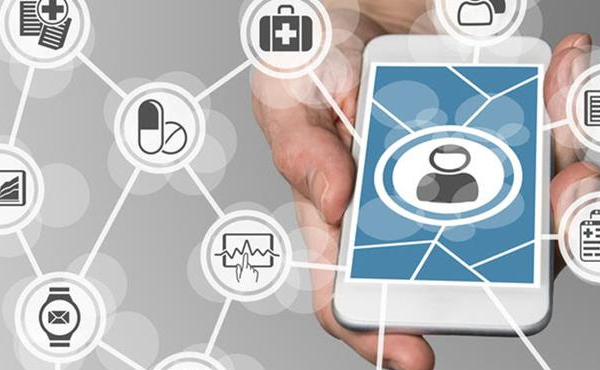Help is closer than you think: CANet-funded project brings cutting-edge healthcare nearer to patients
Dr. Ratika Parkash is getting closer to 120,000 patients across Canada.
Parkash’s work is aimed at patients who live with pacemakers or implantable defibrillators – both, cardiac implantable electronic devices or CIEDs. Pacemakers help control abnormal heart rhythm. Implantable defibrillators deliver life-saving shocks to patients who are at risk of irregular and potentially fatal heart rhythms.
“We want to deliver more efficient pacemaker and implantable cardiac device care across Canada, virtually eliminating in-clinic visits for most patients,” Parkash says.
CIEDs, like any other devices, need regular maintenance in order to function properly and detect atrial fibrillation and ventricular arrhythmia more effectively.
Patients often visit specialized device clinics at least twice a year, sometimes more frequently.
For 19 per cent of Canadians living in rural communities, they have to travel long distances to reach these clinics and healthcare facilities.
Dr. Paul MacDonald, a cardiologist at Cape Breton Regional Hospital says, “We are over 400 km away from the teaching centre where these devices are implanted. If they do need to be checked or monitored, it can mean, for example, a five-hour drive, or an overnight stay. Often patients’ families have to go, or patients are admitted to hospital and require ambulance service to transport them back and forth.”
The problem needs to be solved quickly – Canada has a growing aging population, many of whom will require CIEDs.
Dr. MacDonald continues, “It can get very expensive for the healthcare system, certainly expensive and challenging for families to manage. New technology and better communications services will help us manage these patients locally.”
Currently, barely five per cent of the 120,000 patients who live with CIEDs have any form of remote monitoring, which usually involves patients communicating with clinics through landlines or mobile phones.
CANet and Parkash are working towards integrating with CANet’s digital health platform, VIRTUES – Virtual Integrated Reliable Transformative User-driven E-health System.
By monitoring the status of a CIED, VIRTUES will inform patients with what the device is doing, and allow clinics, patients, family physicians, and cardiologists to talk to one another regarding the device status
Importantly, the CANet-funded project removes the need for patients to travel outside of their local community to receive care from a highly specialized device center.
“The project will also help free up the time in specialized centers to focus exclusively on more problematic cases by removing the need for routine device checks,” Parkash says.
These partnerships continue to propel CANet with its strategic business and capacity development targets by commercializing new technologies.
“The main factors that will contribute to the success of this program are ongoing collaborations within CANet, and developing technologies that will assist patients with their CIEDs,” Parkash says.
The CANet-funded RPM-CIED project will also help train two early career cardiac electro-physiologists dedicated to the remote monitoring strategy.
Parkash’s work is contributing to a critical CANet goal of creating highly qualified personnel at the forefront of arrhythmia research and management.
Parkash is also working on implementing the novel remote patient management system in the most effective, efficient and accessible way across the “diversity of healthcare systems and patients in Canada.” In doing so, she is helping decrease the rates of arrhythmia, syncope and sudden cardiac death in Canada and worldwide, all critical CANet targets.
Ultimately, it is all about the patients, she notes.
Working the project’s Patient Leader (a patient at Kingston General Hospital), in consultation with nine other CIED patients across Canada, will help ensure that the CANet-funded project puts patients concerns first and foremost, providing patient-centered CIED care.
One of the key surveys in the project, for example, asks patients how they accommodate cardiac devices in their daily lives, encourages them to share any device-related distress that they face, and bring forth any body image concerns related to having a device implanted.
“Rather than have patients be passive recipients of treatment, we want them to active partners in directing and taking responsibility for their healthcare,” Parkash says.

